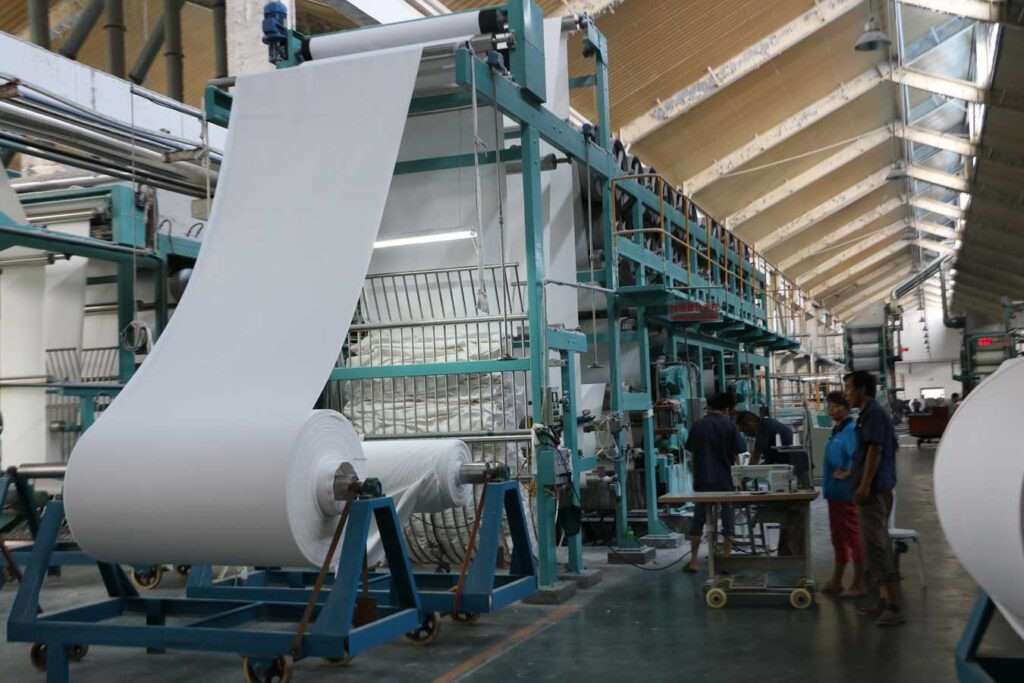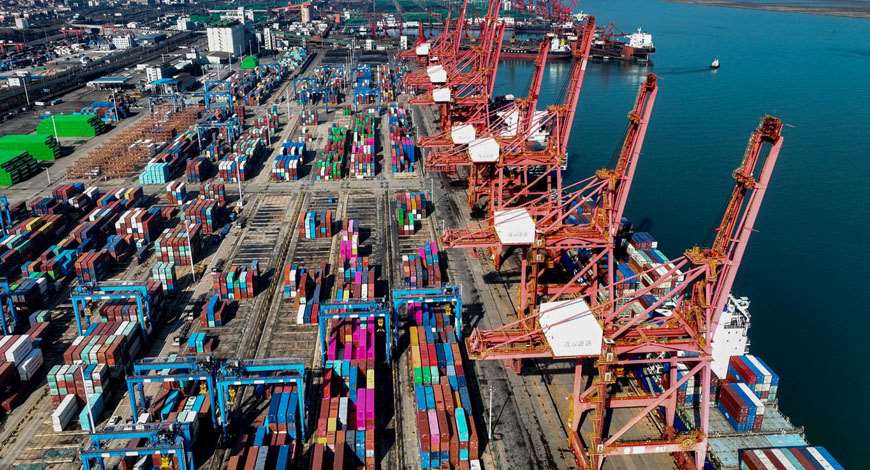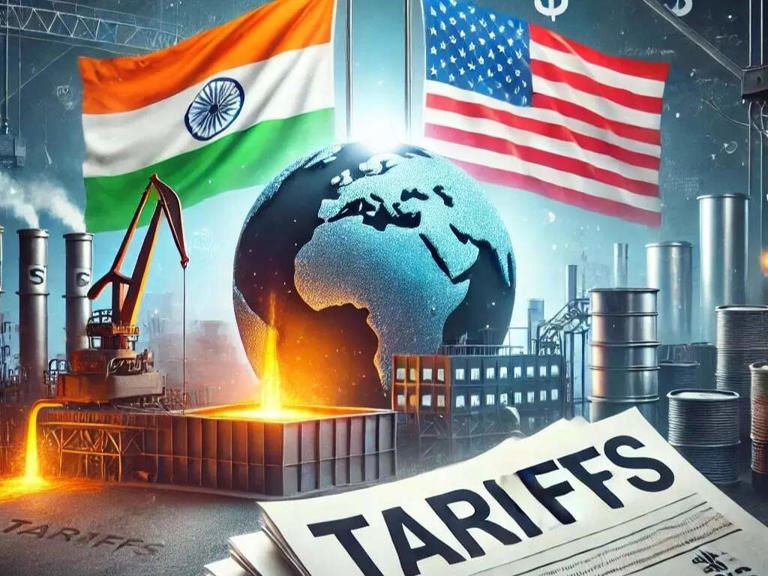"It’s more than just conjecture that many mall stalwart brands have suffered due to the rise of fast fashion giants H&M and Zara, whose ability to significantly reduce time to market and undercut pricing of once iconic brands, have added to the woes fashion’s specialty retailers. Now, unexpectedly, H&M the world’s second largest clothing manufacturer behind Inditex’s Zara, decided to close down 160 stores. The fashion giant, in mid-2018, accumulated over $4 billion in unsold inventory, forcing significant discounting to clear out the goods."
 It’s more than just conjecture that many mall stalwart brands have suffered due to the rise of fast fashion giants H&M and Zara, whose ability to significantly reduce time to market and undercut pricing of once iconic brands, have added to the woes fashion’s specialty retailers. Now, unexpectedly, H&M the world’s second largest clothing manufacturer behind Inditex’s Zara, decided to close down 160 stores. The fashion giant, in mid-2018, accumulated over $4 billion in unsold inventory, forcing significant discounting to clear out the goods. This resulted in unexpected reductions in profits for the 6th straight quarter.
It’s more than just conjecture that many mall stalwart brands have suffered due to the rise of fast fashion giants H&M and Zara, whose ability to significantly reduce time to market and undercut pricing of once iconic brands, have added to the woes fashion’s specialty retailers. Now, unexpectedly, H&M the world’s second largest clothing manufacturer behind Inditex’s Zara, decided to close down 160 stores. The fashion giant, in mid-2018, accumulated over $4 billion in unsold inventory, forcing significant discounting to clear out the goods. This resulted in unexpected reductions in profits for the 6th straight quarter.
Martino Pessina, President of H&M's of North American operations, revealed the brand has already begun scaling back on the heavy discounting in its North American locations. It’s unclear how a company that has hooked customers on fast and cheap can simply flip the switch, without repercussions.
H&M isn’t the only fast fashion player that is feeling some pain. More recently, fast-fashion retailer Charlotte Russe filed for chapter 11 bankruptcy. It initially planning on only closing about 20 per cent stores but could end up liquidating if it is not able to find an investor to keep the business going.
Emergence of online players
Another cause of concern for the two fast giants is the emergence of a whole new breed of online-centric players. These upstarts include brands like ASOS, Boohoo and Misguided in the UK, who are building followings by cutting down supply chains to bring out offerings in as little as a week. Another major disruptor, Fashion Nova is supercharging its digital-first brand utilising a social strategy, powered by Instagram. They have managed to build more than 14 million social media followers; and in 2017 Fashion Nova became one of the most Googled brands in the world. The company has been able to introduce anywhere between 600 and 900 new pieces per week.
Seeking transparency around brand’s eco footprint
It’s no secret that fast fashion has been responsible for a catastrophic level of environmental pollution. The trifecta of overt use of raw materials, water pollution and greenhouse gas emotions are only a part of the story. Not only is this circular buy, wear and toss behavior impacting landfills, and becoming a major carbon contributor, that may not be the worst of it. Fast fashion has played a very dark role in contributing to black-market trafficking of forced labor, as evidenced in the New York Times documentary, Invisible Hands, by journalist Shraysi Tandon.
of raw materials, water pollution and greenhouse gas emotions are only a part of the story. Not only is this circular buy, wear and toss behavior impacting landfills, and becoming a major carbon contributor, that may not be the worst of it. Fast fashion has played a very dark role in contributing to black-market trafficking of forced labor, as evidenced in the New York Times documentary, Invisible Hands, by journalist Shraysi Tandon.
Additionally, hundreds of lobbying groups are raising awareness and influencing demand for drastic industry change. This has led to growing evidence that both millennial and gen Z’s are pushing for a new level of transparency around the ecological footprint and entire life cycle all products. And according to a recent Nielsen survey, 73 per cent millennials have demonstrated a willingness to pay more for products that are sustainable.
Trending driven by personal fashion expression
Trending appears to be evolving from a top-down fashion evolution, to a bottom-up percolation, driven by social media and personal fashion expression. The effect has both given permission and encouragement to throngs of consumers to cultivate their own, unique personal styles.
Contrary to the forces behind fast fashion, consumers of all ages and demographics are investing in fewer, but higher quality basics that can be mixed, matched and re-worn; even with the addition of some great vintage accessories.











